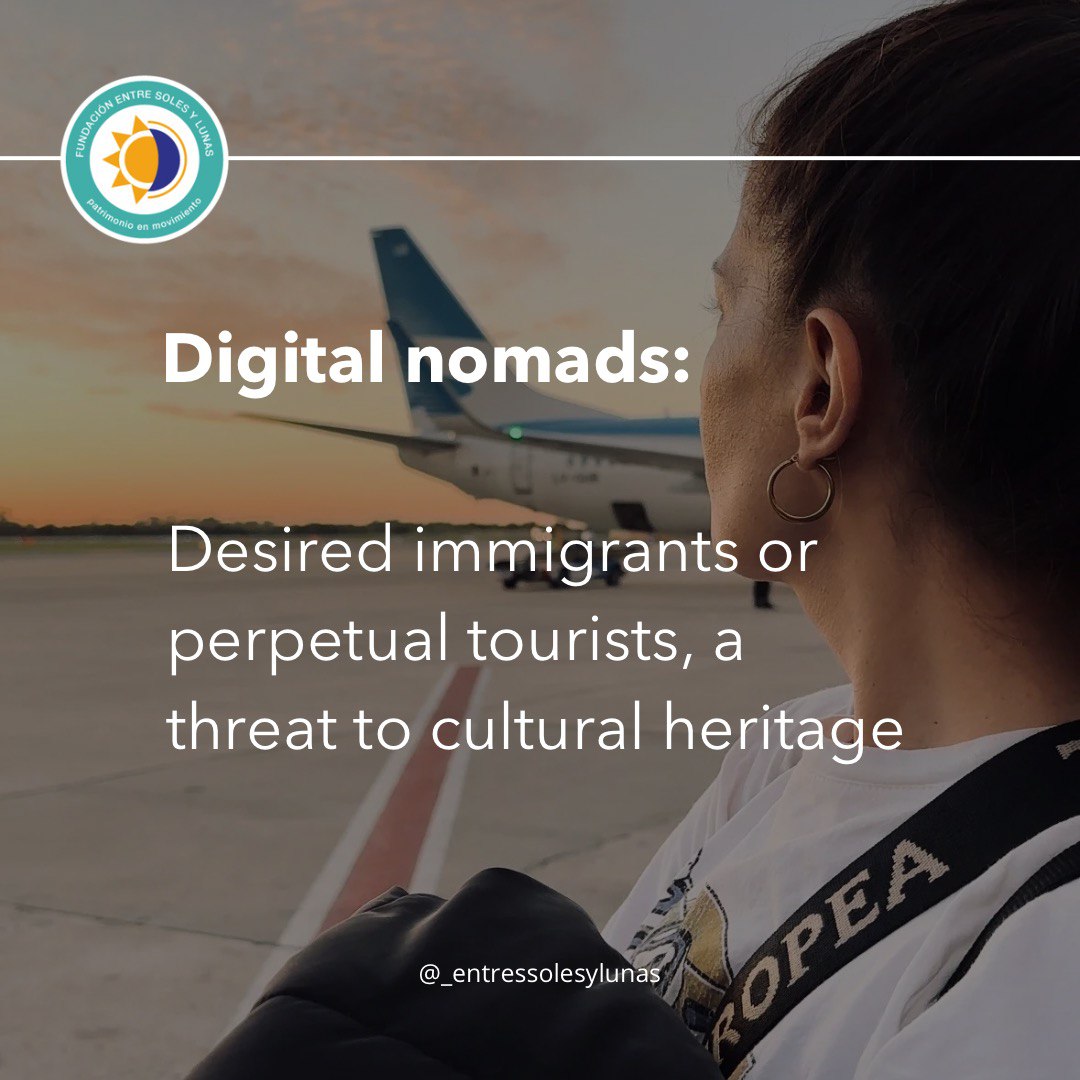By: Camila Rua / Translated by: Adriana Serrano
Since the COVID-19 pandemic, the number of digital nomads has increased worldwide. According to the Nomad List platform, there are currently approximately 40 million digital nomads. On one hand, this type of travelers boost the economy, but they can also pose a challenge to local communities.
The Global Digital Nomad Report defines digital nomads as “people who travel internationally and move to countries other than their primary residency.” In this sense, they could be considered migrants, as their lifestyle involves moving constantly from place to place.
Migratory movements are significant, as they involve people's displacement and the transfer of cultures, knowledge, customs, and other elements. This means that with each person, their tangible and intangible heritage travels with them. This way, a new cultural heritage is introduced that can enrich host societies, generating new ways of thinking and contributing to the regeneration of the social fabric in the territories.
However, the conditions under which digital nomads travel differ notably from those of emigrants, who leave their countries for economic, political, or social reasons. Digital nomads, on the other hand, travel with relative economic security thanks to their remote jobs, allowing them to explore the countries they visit without the same challenges faced by emigrants.
According to the Global Digital Nomad Report, 79% of digital nomads earn more than 50,000 USD annually, with a significant percentage coming from northern countries, such as the United States. They spend this income on accommodation, food, entertainment, and other expenses, helping to boost local economies.
Nonetheless, this influx of foreign capital can turn into a problem if not properly regulated. The phenomenon can lead to an increase in the cost of living in the neighborhoods and cities where digital nomads settle, especially in Latin America. By spending in dollars, these visitors can drive up the prices of rent, food, and other services, in some cases displacing residents.
This economic dynamic affects local lifestyles, customs, and cultures. A clear example is Mexico City, where videos have circulated showing how sauces at taco stands in areas popular among foreigners have lost their traditional spice. The same tourism problems have been seen in cities like Medellín, Colombia. This way, the cultural heritage of a country is affected.
While human migration is natural and necessary, government institutions must develop policies that protect local cultural heritage, while also benefiting from the exchange and regeneration that contact with other cultures can bring.
Sources:
Full report: Global Digital Nomad. (2025, 10 marzo). Global Intelligence Unit. https://www.globalcitizensolutions.com/intelligence-unit/reports/global-digital-nomad-report/global-digital-nomad-full-report/#conclusion


Leave a Reply